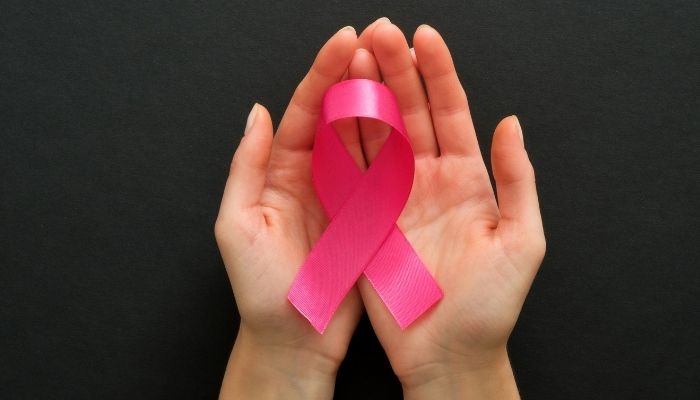Many people have not heard of fibrocystic breast disease. This is an ailment impacting women in the premenopausal stage. There are many fibrocystic breast symptoms that you should also keep in mind accordingly. Here’s learning more about the disease and ways to get rid of the same.
What Is Fibrocystic Breast Disease?
Fibrocystic breast changes are common issues which are non-cancerous and impact women in the premenopausal juncture. This covers several types of fibrocystic breast symptoms including tenderness in the breasts, discomfort, sudden masses in the breasts or free-moving and lumpy masses as well. No fibrocystic breast disease treatment may not be required in most scenarios once the doctor finds out that such changes have not happened due to any cancer. There may be cystic breast tissue changes taking place every month or cyclically or even continually. There may not be any actual disorder or ailment in this case and hence the name fibrocystic breast change is used in place of using the word disease.
These changes are commonly observed for women who are between the ages of 20 to 50. It is a rare condition in women after they have attained menopause without hormonal replacement. It impacts close to 50% of women between these age groups and the frequent change observed is the lesion of the breast.
Risk Factors of Fibrocystic Breast Disease
The risks of such changes may go up exponentially with the consumption of alcohol, particularly for younger women between the ages of 18 and 22. Caffeine may also be a contributor towards severe fibrocystic breast changes and resultant pain although the issue is still under examination by doctors and medical experts worldwide.Symptoms & Causes of Fibrocystic Breast
The specifics may not always be known although the changes may happen due to fluctuating hormone levels, particularly the estrogen hormone at the time of the menstrual cycle. Some of the symptoms of these changes include the following:- Discomfort or tenderness in the breast and this may aggravate in the immediate period before attaining menopause at times.
- The sudden onset or disappearance of benign and other masses in the breast.
- Free-moving or lumpy breast masses, mostly spotted near the armpit. These are mostly asymptomatic without any pain and are sometimes found during breast self-examinations or simply by accident.
Testing & Diagnosis of Fibrocystic Breast
Masses or changes in the breast should be quickly reported to the doctor and examined thereafter. The doctor will want to check whether the growth is benign or cancerous at first. The steps to accomplish this include mammograms and ultrasound scans as well. The latter may be helpful for younger women since their breast tissues are often considerably dense for mammography-based evaluation. The doctor may be able to find whether the mass is actually benign, based on aspects like the shape, density and other imaging attributes.Sometimes the doctor may be unable to determine the exact condition on the basis of these images. Biopsies may be advised by them for getting the tissue sample that is required. This may be done with the help of a needle in the center of the breast though surgery may be crucial in some scenarios. With the biopsy, the doctor may be able to work out whether the lump in the breast is a cyst or solid and whether or not it has any cancerous properties.
Treatment & Other Aspects of Fibrocystic Breast
In most scenarios, treatment is not required once the doctor has found out that breast changes did not happen due to any sort of cancer. Those going through any discomfort or pain owing to such changes should always emphasize on supportive and comfortable bras throughout the day and night. The night-time is when symptoms may get worse so special attention should be paid at this time. They should also bypass contact sporting activities and other things which may lead to breast injuries. They may also avoid consuming caffeine including sodas, chocolates, teas and coffees which may worsen the pain.Complete aspiration of the cyst is sometimes possible via the needle at the time of the biopsy. However, future masses may be seen for patients going through these changes. They should be swiftly reported to your doctor since they may develop in some areas once again.


